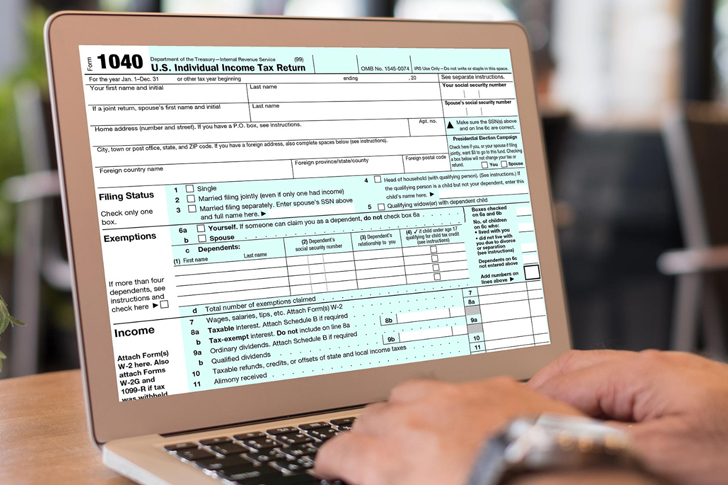Filing Previous Year’s Taxes Online: A Guide
Filing previous year’s taxes online can seem daunting, especially if you have missed the typical April deadline. However, understanding the process and your options can alleviate some of the stress associated with late tax filings. Whether you missed a deadline due to oversight, life events, or confusion about requirements, it’s important to handle unfiled taxes promptly to avoid penalties and maximize your refund potential.

Understanding the Basics of Late Tax Filing
First, it’s crucial to clarify that filing late is better than never filing. The IRS imposes two types of penalties: failure-to-file and failure-to-pay. The failure-to-file penalty accrues at 5% of the unpaid taxes for each month or part of a month that a tax return is late, up to 25%. In contrast, the failure-to-pay penalty is generally 0.5% per month of unpaid taxes. Therefore, even if you cannot pay immediately, filing your tax return is essential to minimize penalties.
Options for Filing Previous Year’s Taxes Online
Filing taxes online, also known as e-filing, is not only convenient but also quicker for processing refunds. Several tax preparation software providers support e-filing for previous years’ taxes. The major providers like TurboTax, H&R Block, and TaxAct offer versions that cater to tax years going back typically two or three years. It’s important to pick the correct version that matches the tax year you are filing for; for example, for filing 2019 taxes in 2023, you would need the 2019 version of the software.
Note that the IRS e-file is only available for current year returns. For older tax years, you will need to send your returns via mail even if you prepared them online. Each software will guide you through the correct filing process, ensure compliance with the tax laws of the respective year, and propose optimized deductions and credits that were available then.
Steps to E-file Previous Year’s Taxes
To begin the process, first gather all necessary documents. This includes your W-2s, 1099s, receipts for deductions and credits, and your previous year’s tax return for reference. Missing documents can be requested from employers or financial institutions. The IRS also offers a service called “Get Transcript” (online or by mail) which can be helpful if you are missing information.
Once you have all your documents, choose a tax software and create an account. You need to make sure you have selected the correct tax year before you start. The interface usually offers a step-by-step guide, entering information from your tax documents and explaining options and deductions that might apply to your situation.
Understanding the Implications of Filing Late
Unfiled taxes can result in accumulated penalties and interest that can significantly increase your original tax due. For instance, if you owe $1,000 in federal taxes for 2019 and did not file or pay until 2023, your penalties and interest could add up to several hundred dollars, depending on the exact filing date.
It’s also important to file all previous years’ taxes if you have multiple unfiled returns. The IRS often withholds refunds if there are outstanding returns in your file. Catching up on all overdue taxes can thus unlock withheld refunds and bring your account into good standing with the IRS.
Tips for Reducing Stress and Errors
Make sure to double-check your return before filing. Errors can delay refunds or, worse, trigger an audit. If you feel overwhelmed, consider seeking assistance from a tax professional who deals with late filings. They can provide advice, reduce the likelihood of errors, and handle interaction with the IRS on your behalf.
A further tip is to automate as much as possible. Set reminders for upcoming tax deadlines to avoid future late filings. Most tax software provides reminders and tips, helping you stay on top of your obligations.
What If You Can’t Pay Your Tax Bill Immediately?
If you are unable to pay the full amount due, it’s still crucial to file your return. The IRS offers payment plans and options for taxpayers in financial distress. Filing your return and then arranging a payment plan results in lower penalties compared to not filing. An installment agreement can be requested to break the tax debt into manageable monthly payments.
In conclusion, while filing previous year’s taxes online can initially seem complicated, many resources and tools are available to help you navigate the process. By understanding your obligations, gathering the necessary documents, and using the appropriate tools, you can manage to file your past due returns and reduce associated penalties effectively.
Remember, it’s crucial to address unfiled taxes as soon as possible. Despite potential challenges, taking action to correct your tax status can provide a sense of financial clarity and relief.







Recent Comments